BY TTT NEWS NETWORK
KOLKATA, 27 JANUARY 2023
The World Heritage Committee meeting in an extraordinary session on Thursday inscribed the Landmarks of the Ancient Kingdom of Saba, Marib (Yemen) on the List of World Heritage in Danger.
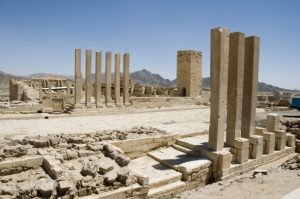
The Landmarks of the Ancient Kingdom of Saba, Marib, is a serial property comprising seven archaeological sites that bear witness to the rich Kingdom of Saba and its architectural, aesthetic and technological achievements from the 1st millennium BCE to the arrival of Islam around 630 CE.
They bear witness to the complex centralized administration of the Kingdom when it controlled much of the incense route across the Arabian Peninsula, playing a key role in the wider network of cultural exchange fostered by trade with the Mediterranean and East Africa.
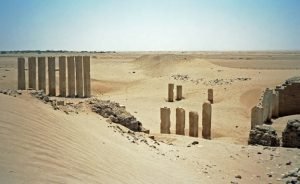
Located in a semi-arid landscape of valleys, mountains and deserts, the property encompasses the remains of large urban settlements with monumental temples, ramparts and other buildings. The irrigation system of ancient Ma’rib reflects technological prowess in hydrological engineering and agriculture on a scale unparalleled in ancient South Arabia, resulting in the creation of the largest ancient man-made oasis.
The World Heritage Committee used an emergency procedure to inscribe this site on the List of World Heritage in Danger, due to threats of destruction from the ongoing conflict.
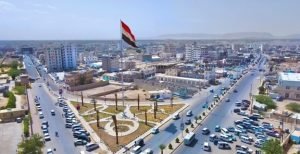
The List of World Heritage in Danger provides access to enhanced international assistance, both technical and financial, and helps mobilize the entire international community for the protection of sites.
The Sabaean kingdom was based around Marib, with territory in northern Yemen. The Sabaean kings made their capital at Marib, and built great irrigation works such as the Marib Dam, whose ruins are still visible. The Marib Dam supported a flourishing culture for more than a thousand years. They also built castles and temples in the area, notably Awwam and Barran, respectively. Saba was known for dealing in the lucrative frankincense and myrrh trade. The Sabaeans were a seafaring people and were known to have influence and a population in the Northeast African kingdom of Dʿmt, across the Red Sea in Eritrea and Abyssinia, the only other source of both frankincense and myrrh.
The site of ancient Marib was largely abandoned during the 20th century. Although a small village remains, the multi-story mud-brick buildings of the historic city are largely in ruins.
Advertisement:


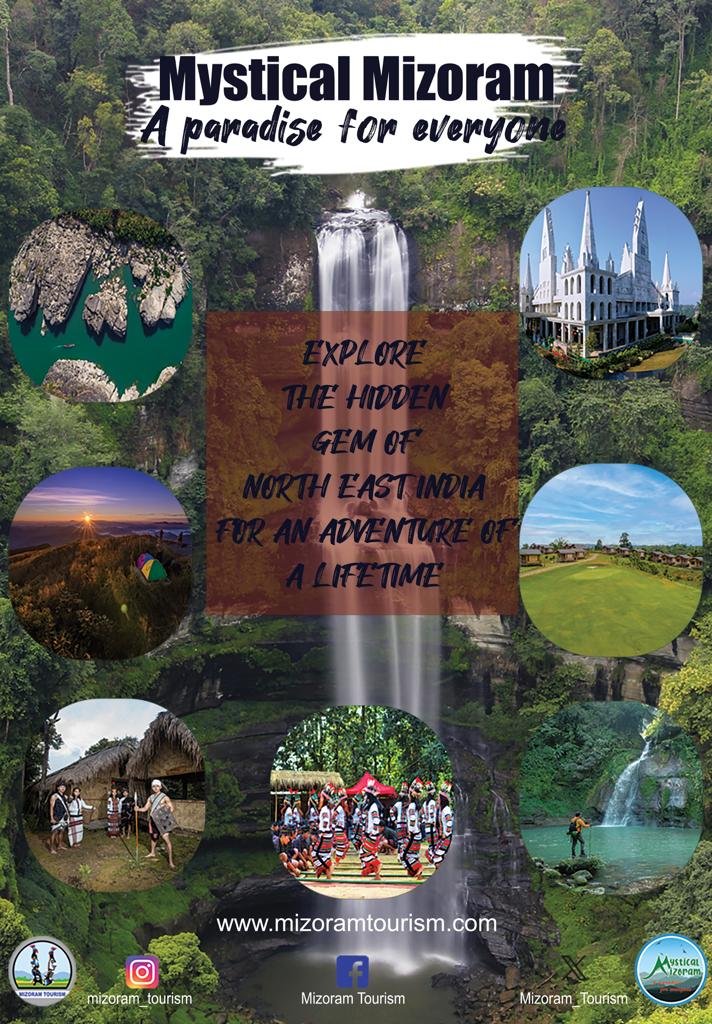

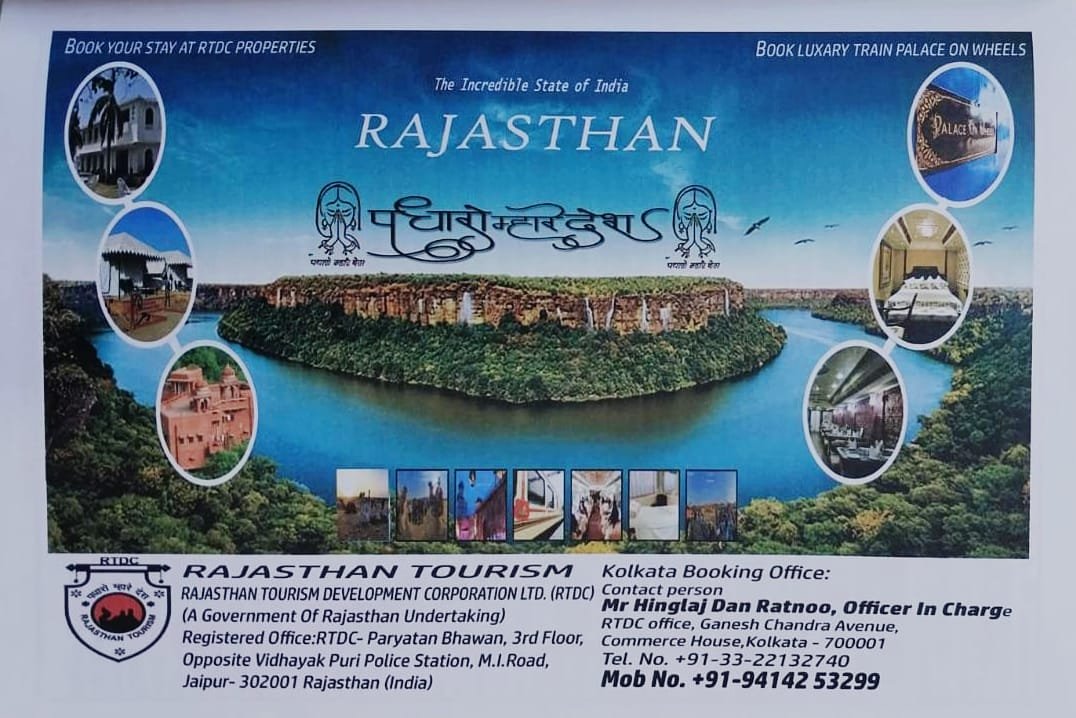
















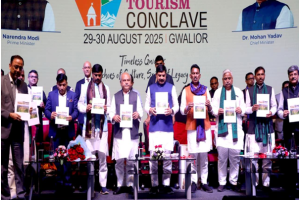









Add Comment